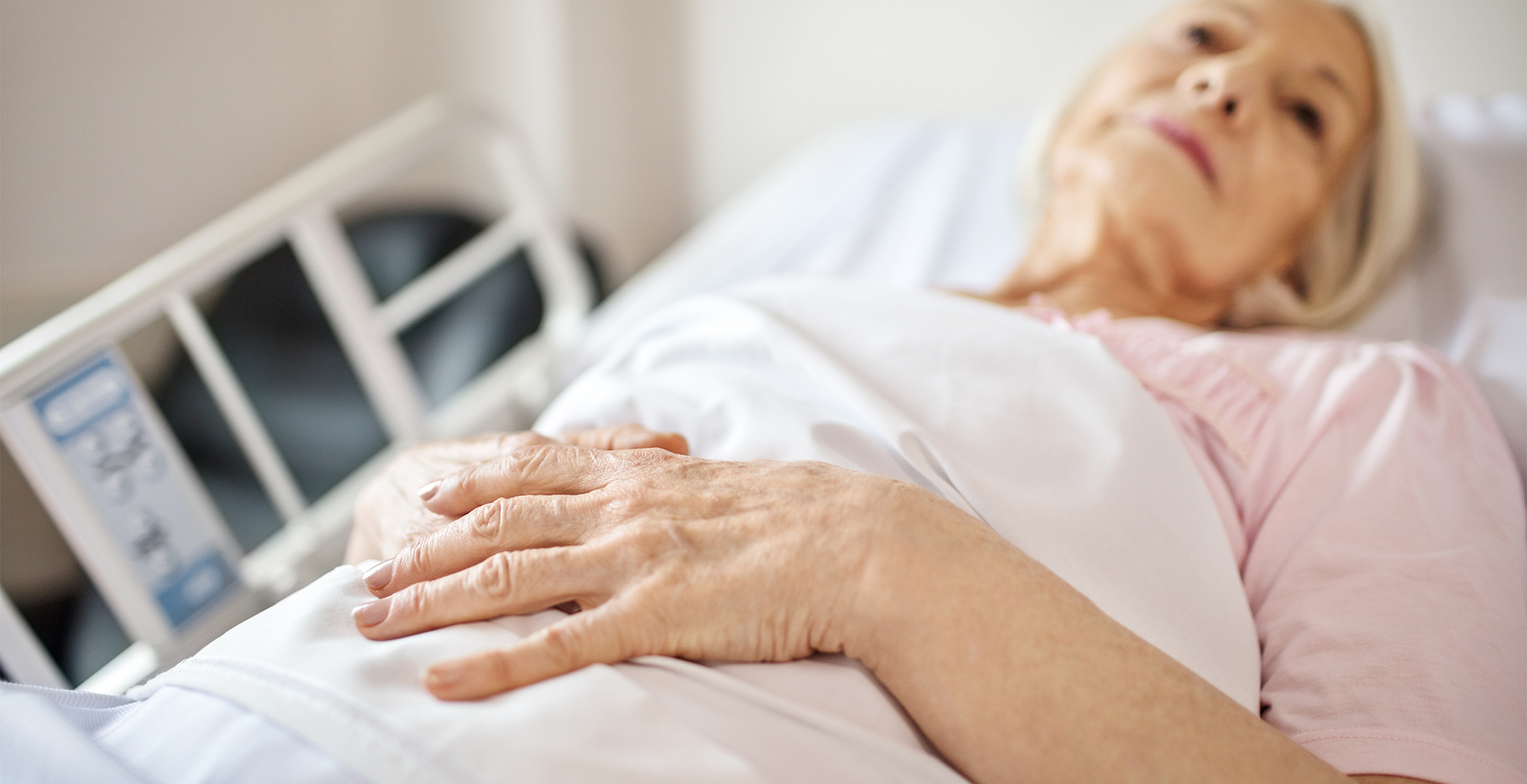Continuing Education
Massage Therapy for Post-Operative Pain
Find out how massage therapy can help patients better manage post-operative pain.
Learn how massage therapy can help with postoperative pain.
By Martha Brown Menard, Ph.D., LMT, April 26, 2018

The Study Question: Massage is becoming a commonly used intervention in many hospitals. Thoracic surgery, which includes both cardiac and pulmonary-related surgeries, is one of the most frequently performed operations and also one of the more acutely painful during recovery. Pain can arise from the surgery itself, fractured ribs or sternum, or placement of thoracostomy tubes. The resulting severe postoperative pain can inhibit respiration and movement during recovery, which can increase the risk of postoperative complications such as deep vein thrombosis. Severe acute pain has also been shown to be a key factor in the development of chronic pain. Can a review of the existing literature provide evidence to support the use of massage therapy as part of postoperative care to help relieve acute pain during recovery from thoracic surgery?
The Study Methods: The researchers conducted a systematic review and meta-analysis of the eligible studies. The Medline, Embase, CINAHL, PsychInfo, Web of Science, Scopus and Cochrane Library databases were searched for randomized controlled trials (RCTs), specifically those that evaluated the effect of massage compared to attention control/sham massage or standard care alone on acute pain intensity following any type of thoracic surgery. Additional efforts were made to locate studies, including a search of the Current Controlled Trials, ClinicalTrials.gov, the ISRCTN Register, the National Centre for Complementary and Alternative Medicine database, and the WHO International Clinical Trials Registry Platform. The search was further updated twice, and authors of included trials were contacted in an attempt to identify and include any unpublished trials.
The study was registered with PROSPERO, an international prospective register of systematic reviews based in the UK. Study selection was performed independently by two investigators. Of the 165 trials located, 153 were excluded. Twelve RCTs were included in the final meta-analysis. Of these 12, nine evaluated massage in addition to standard analgesia. Two of the studies compared massage to attention control/sham massage in the intensive care unit (ICU), six compared massage to standard analgesia alone following discharge from the ICU, and one compared massage to both attention control and standard care in the ICU. All of the included studies assessed pain immediately following massage using a visual analog scale, numeric pain rating scale or facial rating scale. The risk of publication bias was also assessed.
The massage intervention that was used varied across studies. The length of the sessions varied between 10–30 minutes. Sessions were performed by trained massage therapists, healing coaches, nurses and family members of patients who had received 60–90 minutes of training.
The Results: The meta-analysis showed an overall reduction in the intensity of acute postoperative pain compared to sham massage or attention control, and compared to standard care alone, of 0.80 points on a scale from 0 to 10—almost an entire point. In seven of the trials, conducted in the U.S., UK and Australia, massage plus analgesic care reduced pain by 0.85 points compared to standard care in the ICU and during early post-ICU discharge. These findings are consistent with other studies that have examined pain reduction following massage across patients receiving a variety of other kinds of surgery. No adverse events were reported in any of the 12 studies.
Related: Massage and Post-Op Pain Relief
Limitations of the Study: This study has relatively few limitations. The variations in the different pain scales used could potentially introduce a degree of measurement error. The massage techniques used were not described. Performance of massage interventions by people with widely varying degrees of training and skill may also have contributed to measurement error, biasing the results in a conservative direction. Unfortunately, the latter two issues are a problem across the methods sections of many journal articles reporting the results of massage research, not only systematic reviews.
Implications for Evidence-Informed Practice: Massage therapy appears to be a safe, effective and relatively low-cost intervention for reducing acute postoperative pain in patients who have received thoracic surgery, especially in combination with medication. Massage may also reduce the risk of complications related to severe acute postoperative pain. Given the current opioid epidemic, this finding in particular has an important health care policy implication.
Massage Therapy for Post-Operative Pain
Find out how massage therapy can help patients better manage post-operative pain.
Scar Tissue and Massage
Explore the fundamentals of scarring and the special considerations to keep in mind when working with clients affected by scars.